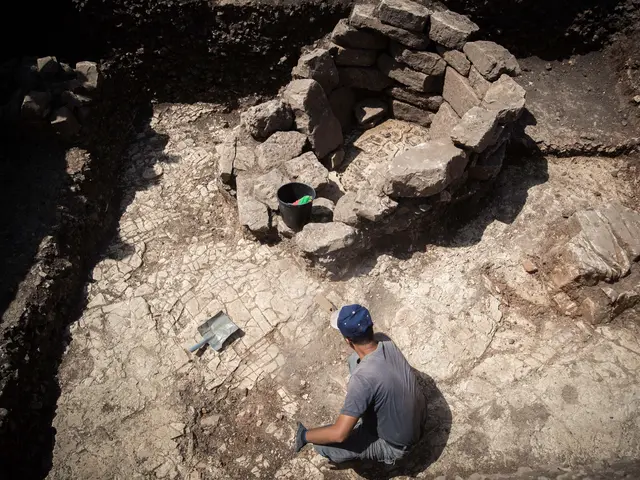An Israeli-led archaeological team unearthed in southern Israel a 3,200-year-old Canaanite temple, the Hebrew University of Jerusalem (HUJI) reported on Monday.
In a study, conducted by researchers from the HUJI and the Southern Adventist University in Tennessee, the United States, and published in the journal Levant, the team also unearthed a trove of artifacts in the temple complex.
The extensive temple ruins, dating back to the 12th century BC, were uncovered in Tel Lachish, a large Bronze Age-era settlement near today's Israeli city of Kiryat Gat.
The front of the temple's compound is marked by two columns and two towers leading to a large hall, while the inner sanctum has four supporting columns and several unhewn "standing stones" that may have served as representations of temple gods.
The temple is square in shape and has several side rooms, typical of later temples including Jerusalem's Solomon's Temple, built in the 10th century BC.
The team also found bronze cauldrons, jewelry inspired by Egyptian goddess Hathor, daggers, and ax-heads adorned with bird images, scarabs, and a gold-plated bottle inscribed with the name Ramses II, one of Egypt's powerful pharaohs.
In addition, the team found a pottery sherd, engraved with ancient Canaanite script with the Hebrew letter "Samekh" which, according to the team, makes it the oldest known example of the letter and a unique specimen for ancient alphabets studies.
(CGTN)
 简体中文
简体中文

